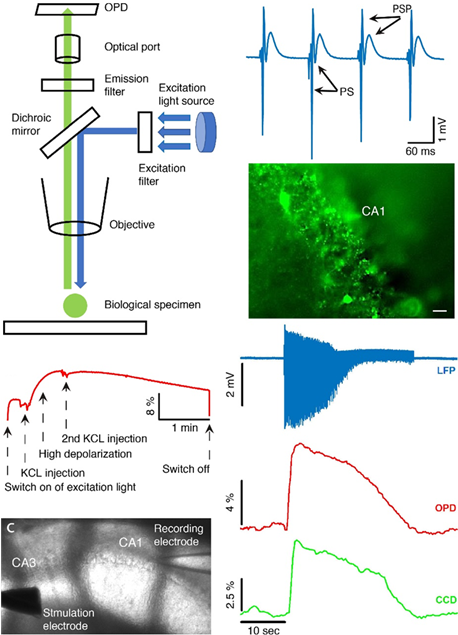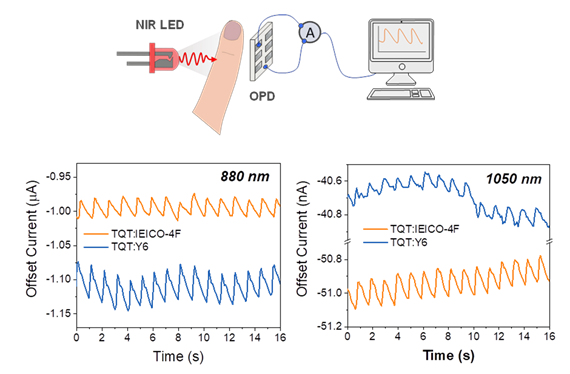Cancer represents a serious public health concern and, for centuries, has been a leading cause of death around the globe. To improve the clinical outcome and survival rate of cancer patients, regular screening, surveillance programs, and early intervention are widely recognized as the best methods used in cancer diagnosis and therapy. Conventional tumor therapies such as chemotherapy, radiotherapy, and surgery have proved successful, but also cause a variety of serious side effects to cancer patients during treatment. To improve treatment efficacy and reduce side effects, further efforts are now devoted to better identify different cancer therapeutic options that are effective, affordable, and acceptable to patients. Meanwhile, the development of non-invasive imaging technologies and image-guided tumor therapies is indispensable to improve the survival rate of cancer patients.
The development of nanoscaled theranostic agents that integrate diagnosis and therapy for effective personalized precision medicine has obtained tremendous attention in the past several decades. By virtue of their real-time diagnostic capability, theranostic platforms can identify the location of a tumor, detect the accumulation of theranostic agents, and monitor the therapeutic response as well as destroy tumors with higher specificity and sensitivity.
To date, conjugated polymers as organic π-conjugated macromolecules have been explored as optically and electronically active materials for versatile optoelectronic devices and as nanoprobes for various biomedical applications. Specifically, as a novel category of photonic nanomaterials, π-conjugated polymer nanoparticles, also known as semiconducting polymer nanoparticles (SPNs) have attracted great interest as fluorescent probes for cell tracking, tumor imaging, ultrafast hemodynamic imaging, and chemiluminescence imaging of drug-induced injury and neuroinflammation. This series of applications is most notably due to the excellent properties of high absorption, control dimensions, and good biocompatibility. More importantly, π-conjugated polymer nanoparticles exhibit a high photothermal conversion efficiency, responsible for converting light energy to thermal energy and heat deposition in tumors, ultimately allowing for PTT. Meanwhile, π-conjugated polymer nanoparticles exhibit an extraordinary ability to convert light energy into acoustics. Therefore, they may also serve as a flexible nanoplatforms for in vivo PA of tumors by responsive to reactive oxygen species (ROS), enzyme, and pH.

Selected Publications
- “Rational Design of New Aqueous Conjugated Polymer Nanoparticles as Theranostic Agents of Breast Cancer”
Koralli, P.; Tsikalakis, S.; Goulielmaki, M.; Arelaki, S.; Muller, J.; Nega, A. D.; Schiza, A.; Herbst, F.; Gregoriou, V. G.; Dimitrakopoulou-Strauss, A.; Wiemann, S.; Chochos, C. L.* Mater. Chem. Front. 2021, 5, 4950-4962. (Impact Factor 2020: 6.482) - “New Conjugated Polymer Nanoparticles with High Photoluminescence Quantum Yields for Far-red and Near Infrared Fluorescence Bioimaging”
Koralli, P.; Nega, A. D.; Vagiaki, L. E.; Pavlou, A.; Siskos, M. G.; Dimitrakopoulou-Strauss, A.; Gregoriou, V. G.; Chochos, C. L.* Mater. Chem. Front. 2020, 4, 2357 - 2369. (Impact Factor 2020: 6.482)




